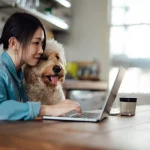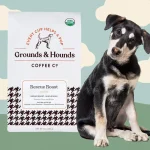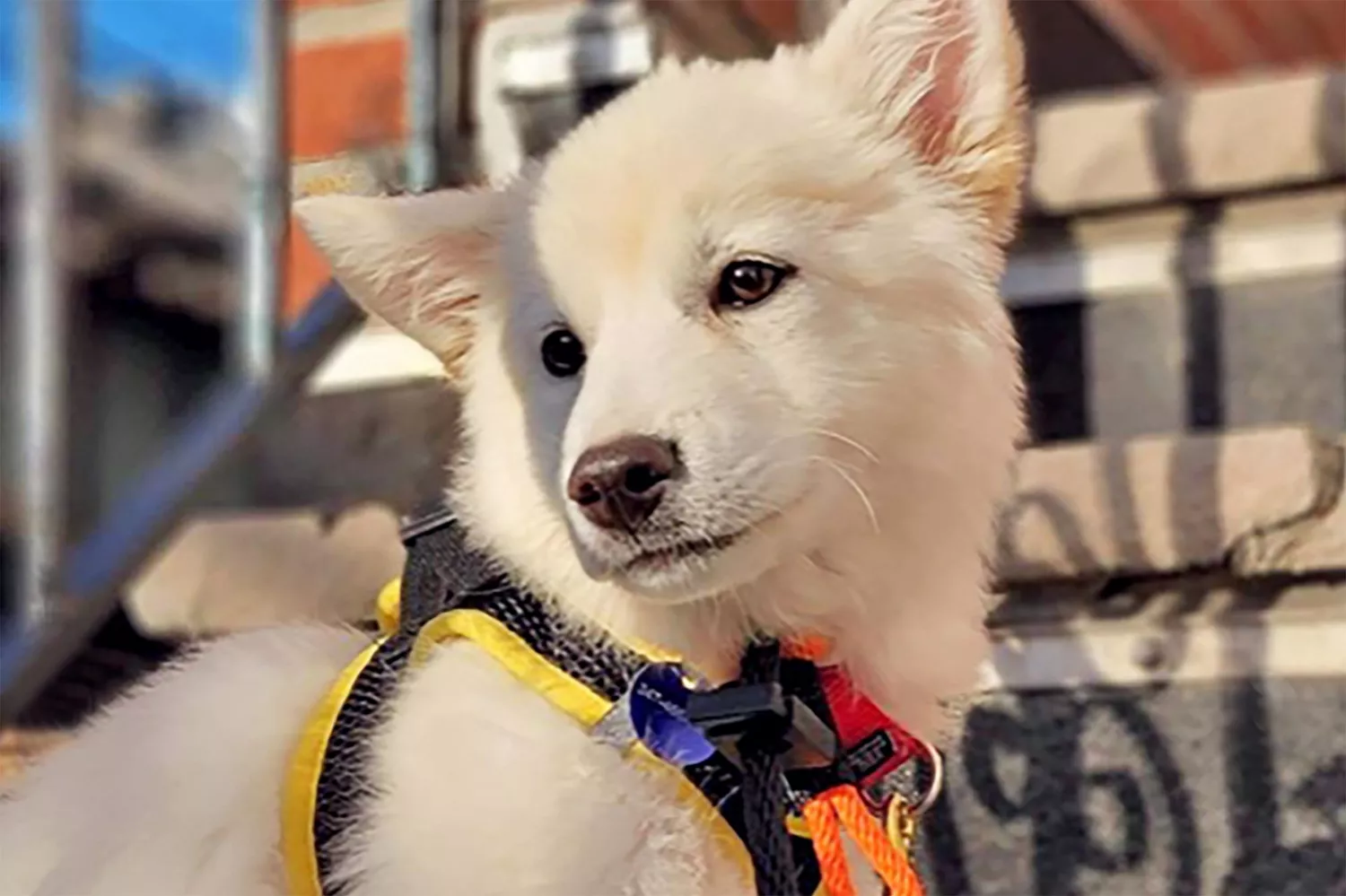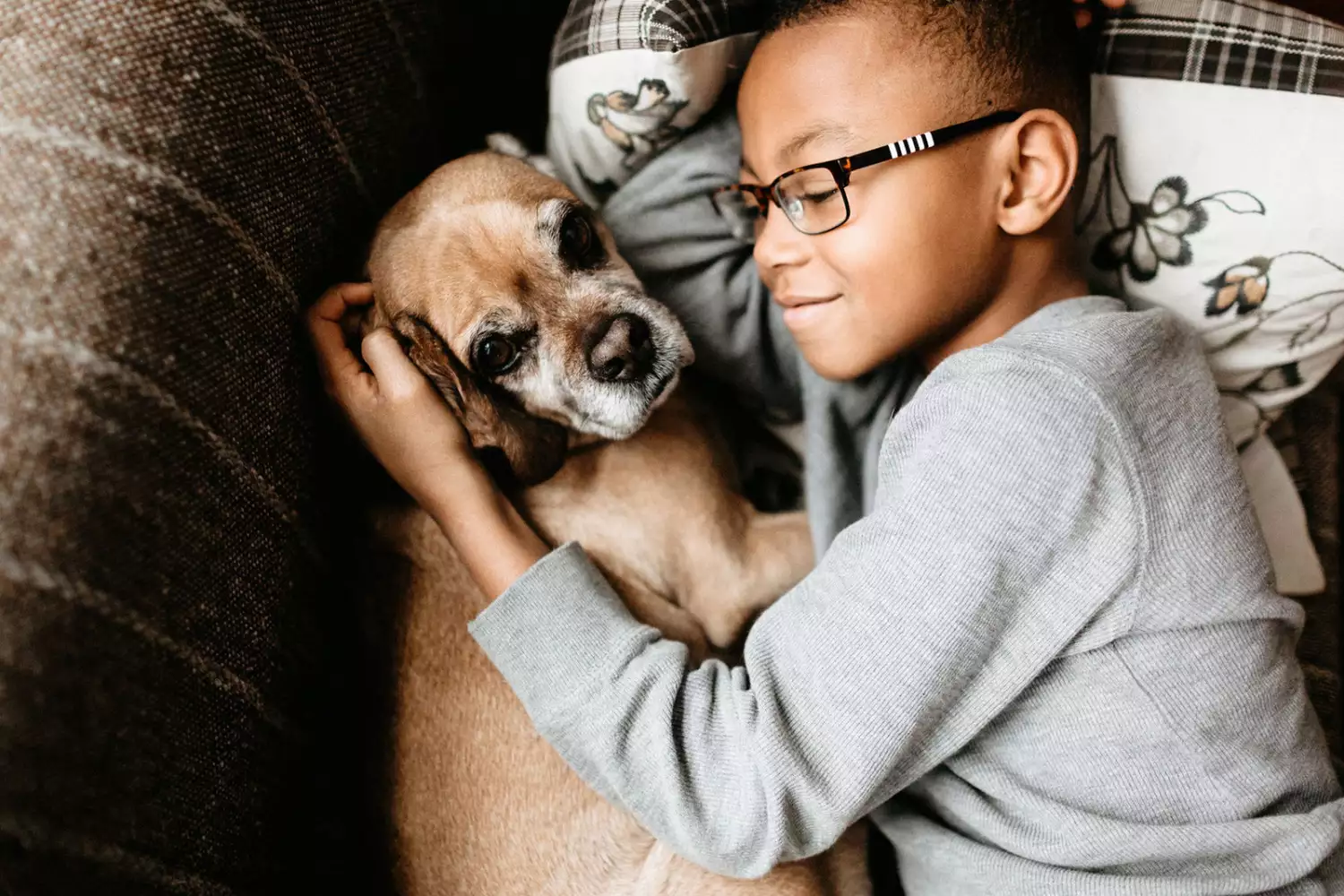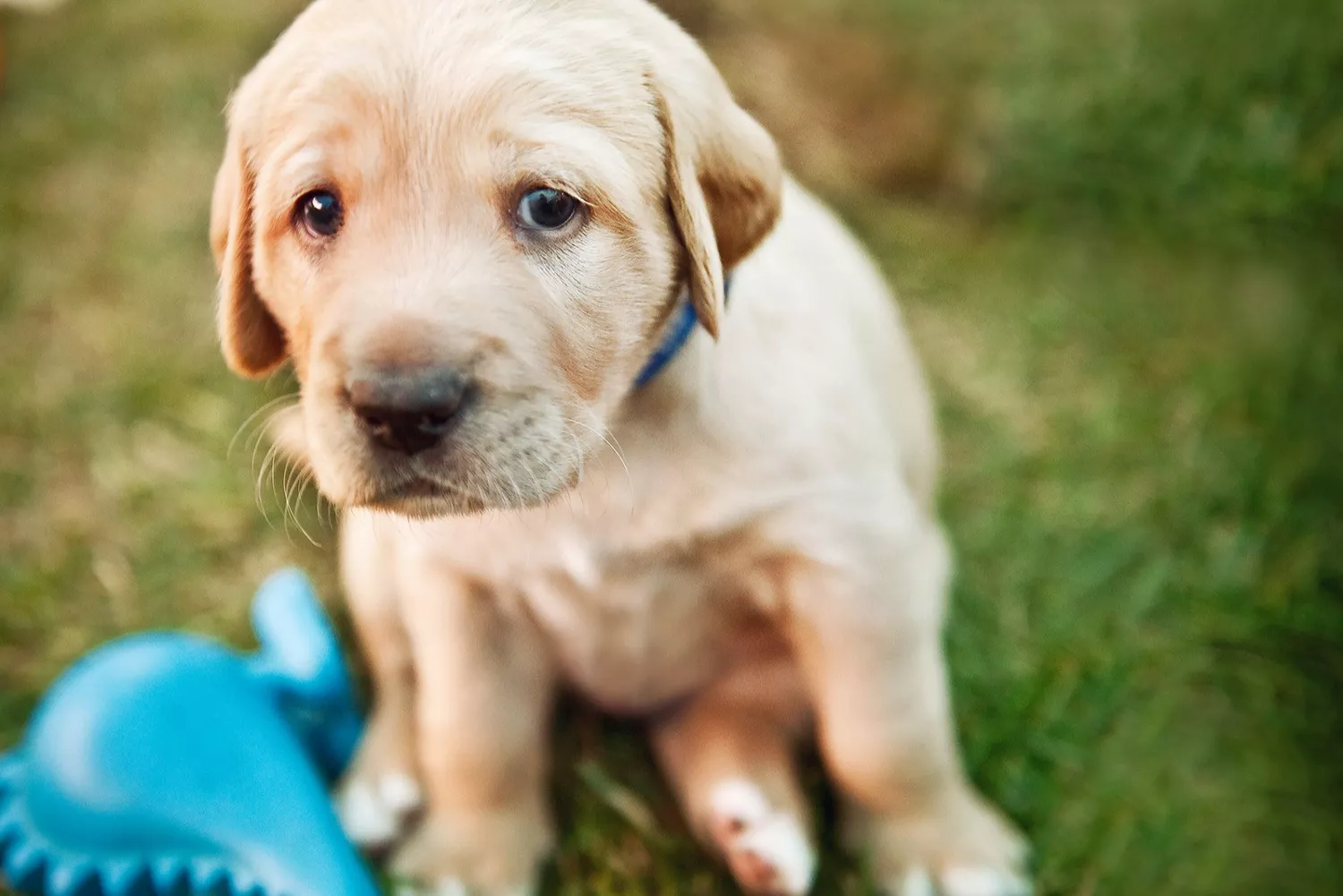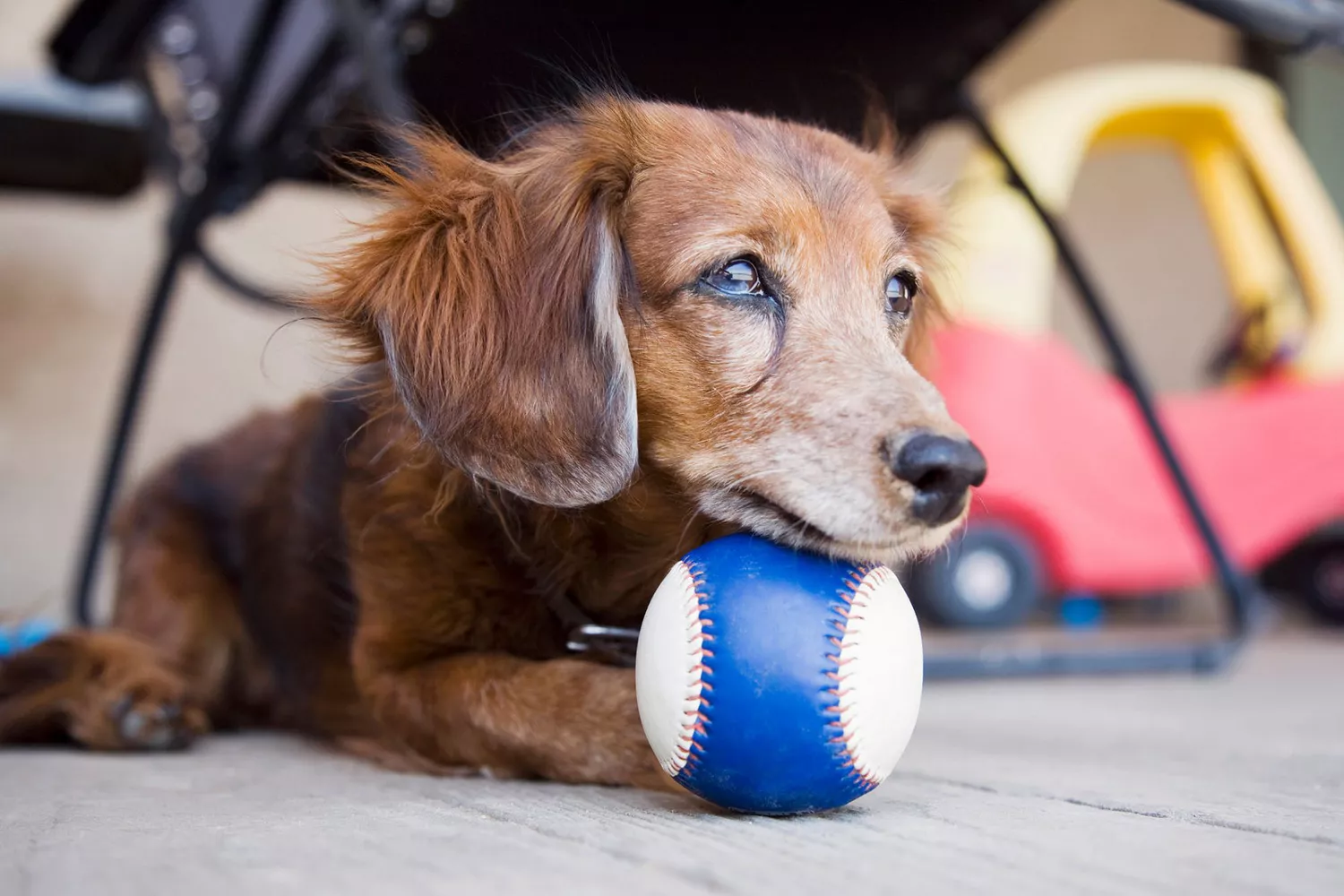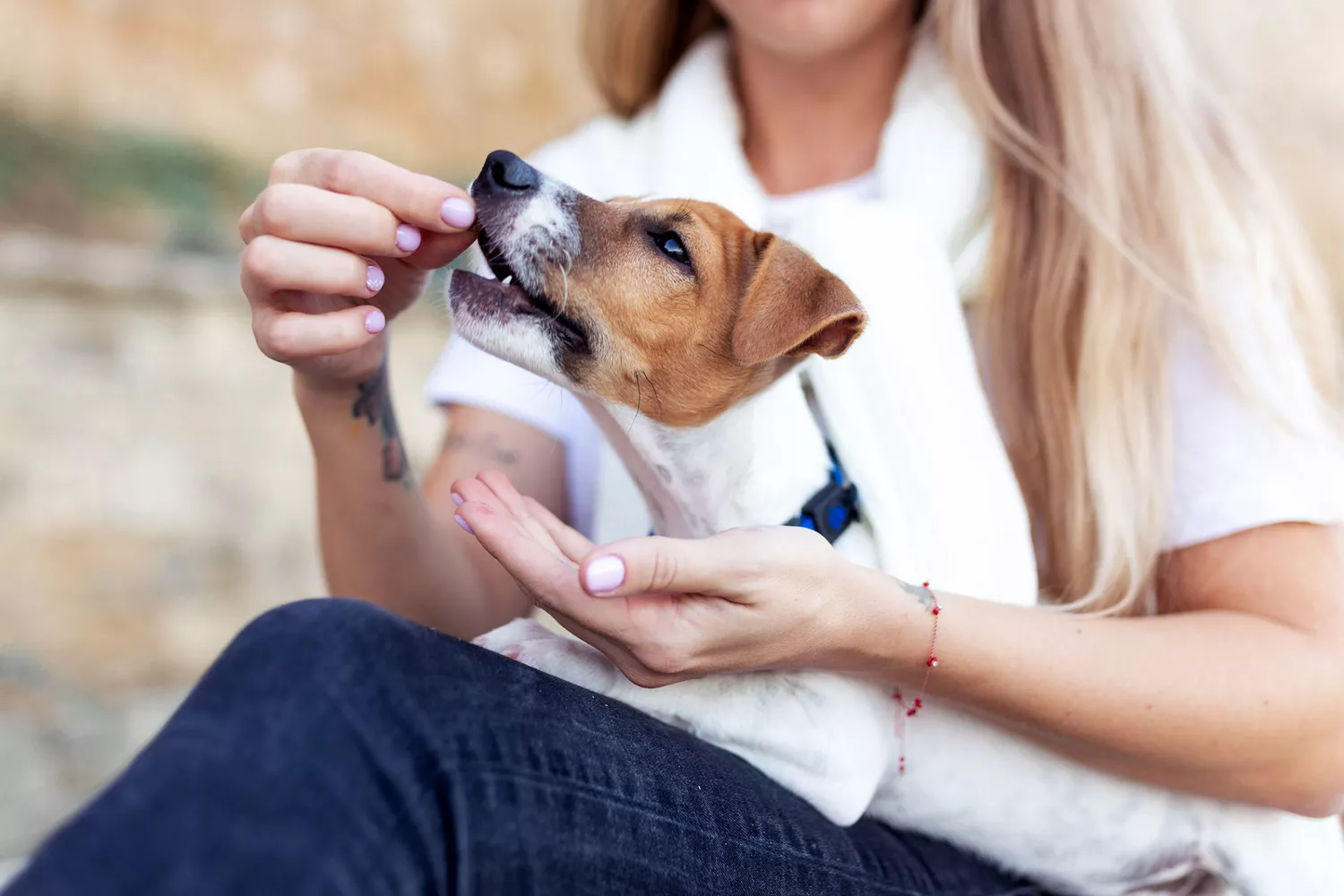
To develop a strong bond with our pet dogs, we begin by developing trust. The way we call their names, give them pats, and deal deals with all have a crucial role in establishing a loving, protected connection. A piece of kibble on the pointer of your fingers may be precisely the ideal way to coax your pooch to consume more gradually or to reward them.
Often pups decline to eat from their bowls and just accept food from their people. “Why does my pet dog want to be hand fed?” is a common concern for lots of pet moms and dads stymied by this habits, particularly if it begins all of a sudden. We asked veterinarians for reasons that this may take place.
Why Dogs Want to Be Hand Fed
Separation stress and anxiety is one possible clue as to why your pet wishes to be hand fed, which condition has lots of contributing aspects. If your pup is a rescue, for example, and particular triggers distress them, they might want to be hand fed as a type of comfort. Or your pooch does not like being house alone, and looks for more of your direct attention prior to you leave for work or when you return.
” We have a couple of dogs that board with us that will only eat if they’re hand fed,” says Sara Redding Ochoa, DVM, of Whitehouse Veterinary Hospital. “They might be unsure of their environments and not delighted being left, and this is the only method we can get them to consume when they stay with us.”
Here are other prospective reasons your puppy might choose nibbles from your palm:
Illness: Sometimes when they’re under the weather, supporting them with teaspoons of a bland diet guarantees they get some sustenance.
Multiple canines: Many starving pups at feeding time might trigger chaos, leading to some not getting enough to consume from the pet bowls.
Human conditioning: Your pet might be eating in restaurants of hand due to the fact that of conditioned habits created when they were ill or acting choosy, during a switch in pet food, or they came from another circumstance– such as a shelter, foster family, previous owner, or breeder– where hand feeding was the standard.
Injury: A negative event took place near the food bowl and now they associate eating out of a bowl with it. Likewise, if something scared them during feeding, like another dog or a loud noise, this worry might stick to them.
Too distracted: Dogs who are vigilant about monitoring their surroundings may be too preoccupied to take time away to consume from their bowl.
Is Hand Feeding a Dog Bad?
Not necessarily. Positive reinforcement fitness instructors regularly hand feed deals with not just to teach pet dogs essential skills and new tricks, but also to help with impulse control, minimize resource protecting (which is when a dog ends up being reactive about sharing their individual area), and construct trust with afraid or shy pets.
But hand feeding a pet all the time might simply not be useful. So anytime your pet dog stops consuming voluntarily from their bowl, it’s crucial to schedule a veterinary test to eliminate any medical problems.
Training Your Dog to Eat From a Bowl
Once your pup gets a tidy expense of health, work with your veterinarian, a trainer, or a licensed behavior specialist to identify why the practice began and discover ways to get your puppy back to the bowl.
” I had a dog that liked to be hand-fed,” says Michelle Burch, DVM, from SafeHounds Pet Insurance. She broke the habit by letting her pup eat pieces out of her hand first, then holding out the bowl so her pet consumed a few more pieces from there. You can change backward and forward like this gradually to slowly recondition your pet.
Here are some other popular techniques:
If it’s an issue with other dogs, “feeding these pets in separate rooms permits them time to consume,” Ochoa states. You may even need to supervise mealtime and stay with your hand-feeder to ensure they complete.
If there’s a problem with the place of the bowl, move it someplace that appears more safe and protected to them. “An excellent location to feed your dog is in their dog crate with the door closed and potentially a blanket over it,” Burch says. This new location becomes their safe consuming zone that offers sufficient security so they can calmly consume at their own rate.
Attempt changing their feeding time slightly to a more unwinded hour, instead of when everyone is rushing around to leave your home or busy with dinner preparation. Choose a 30-minute stretch when the household is home and settled.
Utilize a sluggish feeder, puzzle feeder, or a snuffle mat– a brain video game that makes it tough and enjoyable for your puppy to choose out the kibble. All these items motivate your pup to use their sense of smell and provide psychological stimulation.
Include interest and variety to mealtimes by rotating pet dog food flavors. Stock various protein options, such as beef, chicken, and salmon, and change them up every other day or so. Or attempt something like Enjoy-A-Bowl, a two-tiered bowl that assists entice picky eaters.
Make certain you’re not overfeeding your pet. Your pup might require to be hungry in order to learn how to eat in restaurants of his bowl once again.

